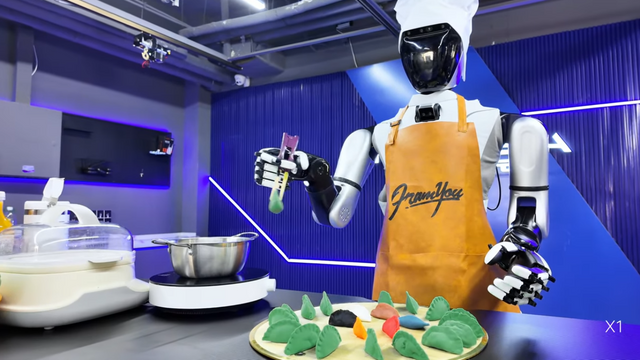The first robot to use chopsticks
The first robot to use chopsticks

And with a new type of social intelligence
Awesome Features
Follow my publications with the latest in artificial intelligence, robotics and technology.
If you like to read about science, health and how to improve your life with science, I invite you to go to the previous publications.
You want to win, play HARRY-RAID
If you like to read about science, health and how to improve your life with science, I invite you to go to the previous publications.
You want to win, play HARRY-RAID